Researchers debut new mouse model for Rett syndrome
A new mouse model for Rett syndrome shows that disrupting a single brain messenger can produce nearly all of the characteristic features of the syndrome, researchers report today in Nature.
Charting the structure and function of the brain’s many circuits may unravel autism’s mysteries.
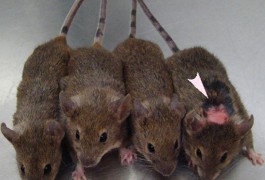
A new mouse model for Rett syndrome shows that disrupting a single brain messenger can produce nearly all of the characteristic features of the syndrome, researchers report today in Nature.
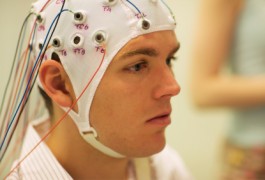
Oxytocin may activate the mirror neuron system — a group of neurons that is active when people empathize with others — according to a paper published in the November Psychoneuroendocrinology.
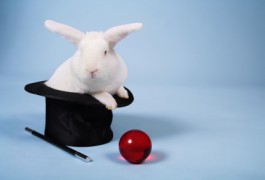
Despite the impressive stories of people with autism being able to spot fine details, they are surprisingly susceptible to magic tricks, according to a study published in October in Psychological Science.
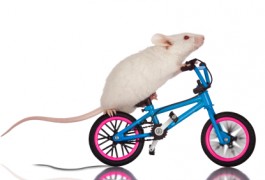
Infection early in pregnancy is more harmful to the fetus than at later stages, triggering brain and behavioral changes in the offspring similar to those seen in people with schizophrenia, according to two mouse studies published in October. A third study suggests that exercise can mitigate some of these effects.
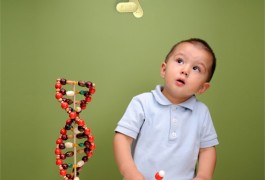
An antipsychotic drug often prescribed to treat irritability in children with autism may be more helpful — and cause fewer side effects — depending on an individual’s genetic make-up.
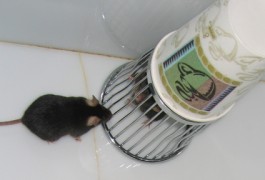
Mice missing a large protein at the junction between neurons show motor impairments, anxiety and increased social behaviors, according to a study in the American Journal of Psychiatry. The protein, postsynaptic density-95 or PSD-95, is part of a key molecular bridge connecting other proteins linked to autism.
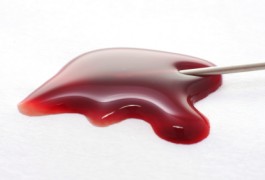
Early data suggest that it is possible to identify autism by looking at gene expression in the blood. But it’s going to take more work to prove it.
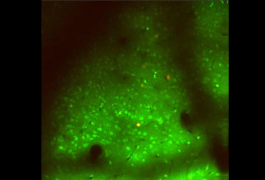
Most inhibitory neurons respond in the same way to a range of visual stimulation, but a subset of them may be tuned in to specific signals, suggest two reports published in September in Neuron.
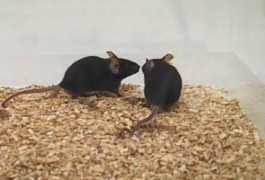
SHANK1 — a member of a family of proteins linked to autism — does not cause autism-like social deficits when mutated in mice, according to a study published online in September in Brain Research.
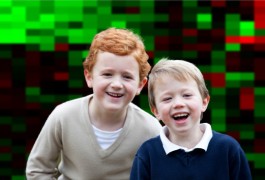
People with autism show differences in the levels of various gene products compared with their unaffected siblings, according to a study published online in September in Brain Research.